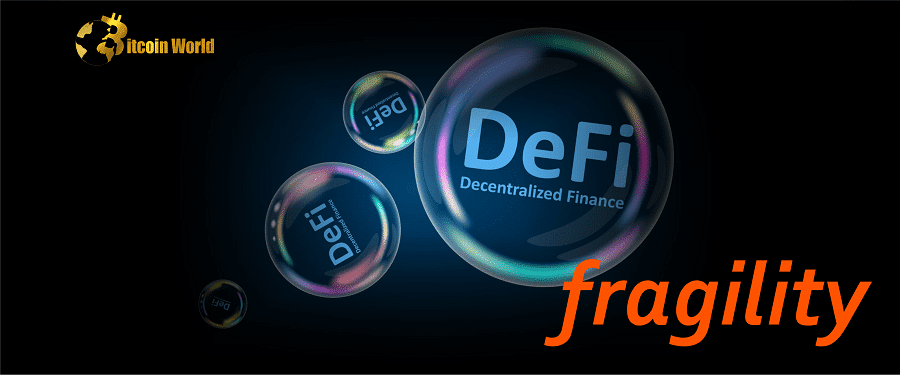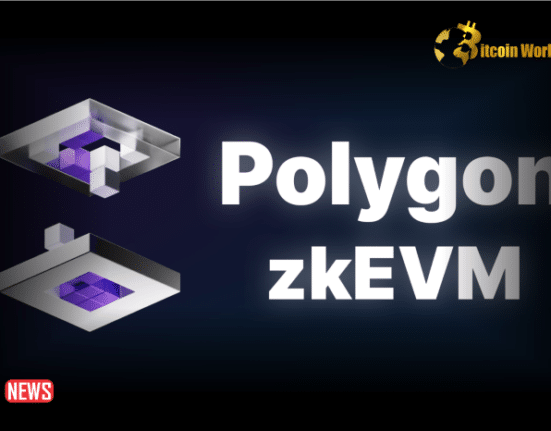In a working paper, the Bank of Canada investigates the origins of instability in decentralized lending protocols and how they relate to the pricing of crypto assets. The conclusions suggest possible improvements to DeFi lending systems or even the practical boundaries of decentralization.
The authors of the study, “On the Fragility of DeFi Lending,” which was published on February 22, acknowledge the inclusivity DeFi provides and the benefits of smart contract protocols over the use of human judgment, but they also point out the systemic flaws in DeFi. The importance of information asymmetry is emphasized, with the twist that under DeFi, the asymmetry works in the borrower’s favor: “The collateral composition of a lending pool is not readily apparent, meaning that borrowers are more informed about collateral quality than lenders are.”
This is due to the fact that borrowers at least are aware of the caliber of the assets they put up as loan collateral. Therefore, only tokenized assets—which frequently have extremely significant price volatility—can be pledged as security. The article makes the claim that pricing and liquidity create a feedback loop whereby the price of an asset influences the amount of borrowing, which in turn influences the asset price.
Moreover, the absence of human involvement in smart contracts may have unintended consequences. Loan officers have the authority to alter conventional loan agreements in reaction to new facts. Nevertheless, because conditions are preprogrammed and “can only be dependant on a restricted set of measurable, real-time facts,” smart contracts are rigid and even tiny adjustments to the contract may need a protracted debate process.
As over-collateralization is the main risk control, DeFi lending often includes linear, non-recourse loan contracts.
In contrast to traditional banking, efficiency, complexity, and flexibility are consequently decreased, and “self-fulfilling sentiment-driven cycles” of pricing develop. The authors examined a number of theories for establishing market equilibrium in certain conditions using sophisticated mathematics.
To achieve equilibrium, a flexible optimum debt ceiling was discovered. A flexible restriction, however, cannot be implemented by “basic linear haircut rules,” which are frequently included in smart contracts. With such capability, protocols would be challenging to design and would be heavily reliant on the oracles chosen. DeFi lending might give up total decentralization and reintroduce human interaction as an alternative to that problem to provide real-time risk monitoring, according to that difficulty.
The DeFi trilemma of decentralization, simplicity, and stability remains unsolved, the authors claim.















